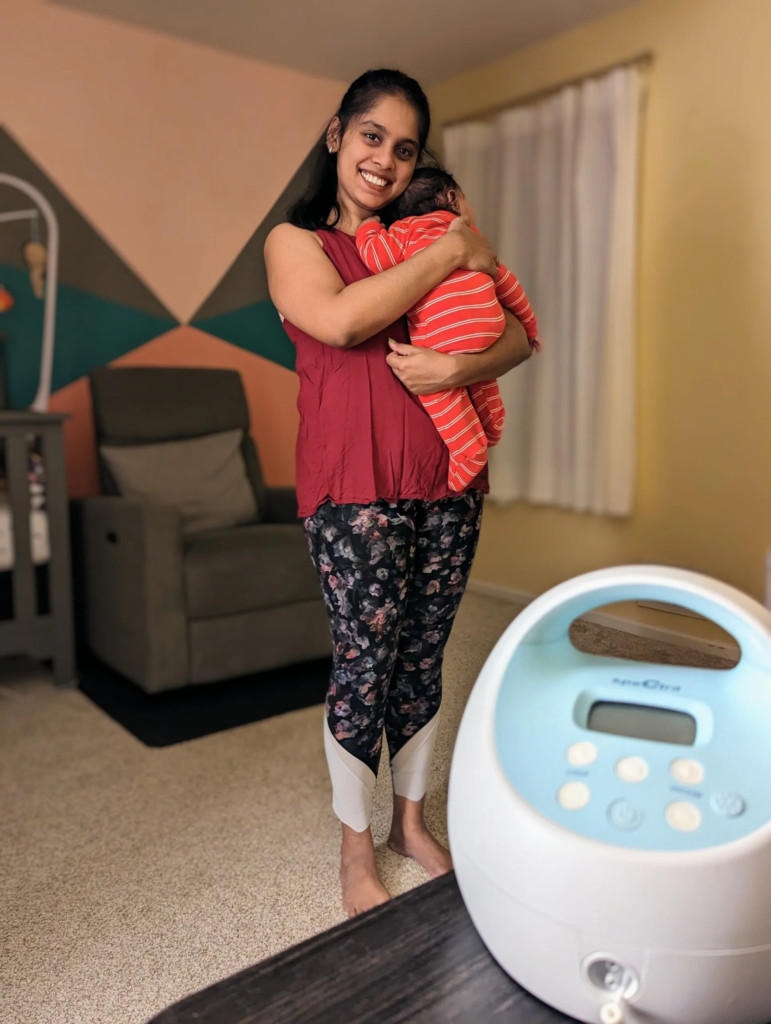1 Year as a Mother: 12 Months and 12 Learnings
Becoming a mother is a life-altering journey filled with profound growth, joy, and challenges. As we celebrated my son’s first birthday, my heart swelled with overwhelming emotions, and I found myself reflecting on the transformative journey we had taken together. It was indeed special and emotional, the 12 months of invaluable learnings that shaped me along the way. Month 1: The Power of Patience Motherhood is a potpourri of emotions: excitement, fear, pain, joy, exhaustion, anxiety of the unknown, bewilderment, denial, love, and acceptance. Diaper changes felt like a never-ending saga but they served as a crash course in learning the art of patience, proving that even sleep-deprived me could find the Zen within.Every adversity is an opportunity for personal development. Month 2: Embracing Imperfection It’s ok if the house was messy.It’s ok if laundry was undone and dishes stayed a little longer.It’s ok if a fancy outing turned into a fashionable parade of baby spit-ups or if burp clothes become a new fashion accessory.The realization that perfection is an unattainable standard led to the embracing of imperfections as a mother. It allowed a focus on providing genuine love and care to my child. Month 3: The Importance of Self-Care Taking care of self became non-negotiable. In the whirlwind of new motherhood, learning that taking care of myself is not selfish but essential. It was an ultimate reminder that a happy mama means a happier baby! Month 4: Trusting Your Instincts Lost amidst a sea of advice, I discovered my inner baby. My quirky dance moves turned out to be the secret formula for soothing even the fussiest of times. I realized that my own instincts were the true choreographers of comfort. Month 5: Finding a Support System Crisis hotline? No, just me and fellow sleep-deprived moms sharing survival tactics over the phone at 3 AM. It takes a village, or at least a tired chat group. Realizing that you don’t have to do it alone can change the experience of motherhood and take the stress off. Month 6: Celebrating Milestones, Big and Small On the day my child took their first taste of solid food, it was like witnessing a Michelin-star chef’s masterpiece. My kitchen transformed into a culinary wonderland of messy delight and each mealtime turned into a joyful exploration of flavors, creating a palette of memories. Month 7: Flexibility and Adaptability In a plot twist that only a baby could orchestrate, our little one surprised us by both following a sleep routine and also suddenly becoming the world’s tiniest food critic, rejecting yesterday’s favorite puree as if it were a three-star restaurant’s offering.This month taught me that motherhood is a wild ride where adaptability is the golden ticket. Month 8: The Joy of Play In a hilariously dramatic showdown of who can stack the most blocks, I set out to create the tallest tower, only to have my baby expertly tumble it down, leaving us both in fits of laughter. It bought me the realization that playtime was more about laughter than winning. Month 9: Balancing Work and Motherhood Zoom meetings turned into a hilarious juggling act of muted mics and baby babble. My home office evolved into a creative fusion of work and a whimsical nursery rhyme, reminding me that being a working mom is a true marvel in its own way. Month 10: Cherishing the Present Time is a thief and fleeting in nature. As my to-do list multiplied, my baby’s fascination with simple things like silicone spatulas or empty water bottles reminded me that life’s most precious moments often hide in the ordinary. Month 11: Embracing Growth and Change As my little one’s separation anxiety started accelerating, they developed a sudden fondness for being my sidekick 24/7. I discovered a new level of multitasking: mastering the art of doing everything one-handed while nurturing an adorable “cling-on”. Month 12: Unconditional Love In the midst of cake-fueled chaos at the first birthday, my heart swelled with an emotion so profound that it could only be described as feeling like a thousand hugs at once. The culmination of the first year as a mother brought forth a profound understanding of unconditional love. Through all the ups and downs, the love for your child remains unwavering, illuminating the true essence of motherhood. As we celebrated his first birthday, I couldn’t help but marvel at the beautiful soul my baby was, with their innocence, curiosity, and capacity for love. And in those tender moments of celebration, I realized that this love was a two-way street. My baby’s eyes would light up at the sight of me, their tiny hands reaching out to touch my face, and I knew that this bond was equally cherished by my little one. Motherhood had changed me in ways I could never have anticipated. I realized that this journey was not just about nurturing and guiding my child but about my own growth and transformation as a mother. It had taught me to be patient, compassionate, and selfless. It had shown me the immense strength that resided within me, as I faced challenges head-on with a heart full of love. In these twelve months, I understood that being a mother meant embracing every moment, both the beautiful and the challenging, with open arms and an open heart. It meant loving my baby with all my being and knowing that this love was the foundation upon which our journey would continue to grow.
1 Year as a Mother: 12 Months and 12 Learnings Read More »




